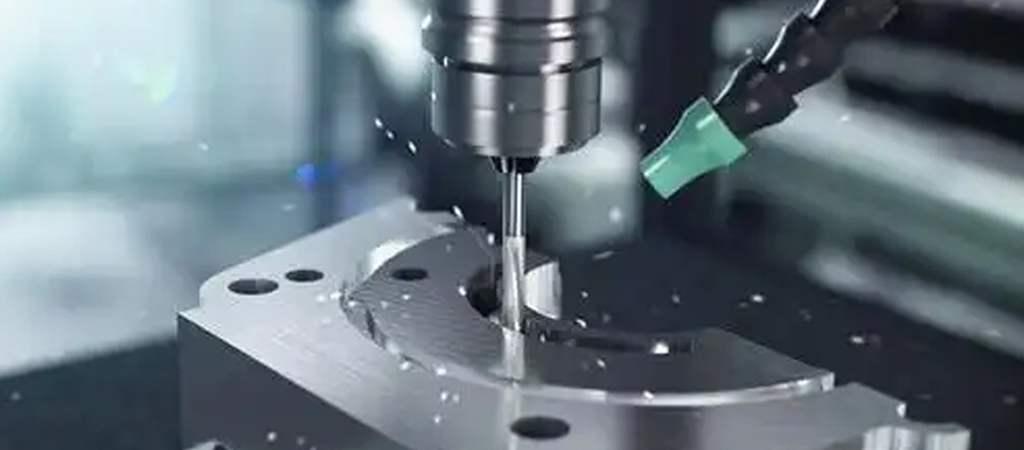
Aluminum materials are crucial in the transportation industry due to their unique traits. Here are details on their characteristics and applications:
Characteristics
1.Lightweight:Aluminum has a density of about 2.7 g/cm³, only around one - third that of steel. This greatly cuts the self - weight of transportation vehicles. For example, an aluminum alloy bus body can be 30% - 40% lighter than a traditional steel one.
2.Fairly strong:Through alloying and heat - treatment, aluminum can gain high strength. For example, 6061 aluminum alloy has a tensile strength over 205 MPa, meeting the mechanical needs of transportation vehicles for structural support.
3.Good corrosion - resistance:Aluminum forms a dense oxide film on its surface, separating air and moisture to prevent corrosion. Ships in humid coastal areas using aluminum can reduce corrosion - related damage and maintenance costs.
4.Easy to process:Aluminum has good ductility, plasticity, and machinability. It can be made into various complex parts via processes like extrusion, rolling, forging, and stamping, suiting diverse design needs of transportation vehicles.
5.High recyclability:Aluminum is easy to recycle with a high rate (over 90%). Recycling aluminum uses only about 5% of the energy for primary production, fitting the transportation industry's sustainable development.
6.Cost - effective:With smelting tech progress and increased production, aluminum's cost has dropped. Its lightweight nature also cuts energy use and maintenance costs, offering a cost advantage.
Applications
1.Automotive
1.Body parts:Car parts like the engine hood, doors, and trunk lid often use aluminum. For instance, the Tesla Model S uses much aluminum alloy in its body, lightening it and improving range and handling.
2.Engine components:Aluminum engine parts like blocks and cylinder heads reduce engine weight and boost heat dissipation, enhancing performance and fuel economy.
2.Aviation
1.Fuselage:Aircraft fuselage frames and skins mainly use high - strength aluminum alloy. For example, in the Boeing 737 series, about 70% of materials are aluminum alloy, reducing weight and fuel use while ensuring strength.
2.Wings:Wings need strong and lightweight materials, and aluminum fits well. Its processing ease helps make aerodynamic - shaped wings.
3.Railway
1.Train body:High - speed and urban rail trains use aluminum alloy for their bodies. The CRH series high - speed trains in China use this to cut weight and improve speed and energy efficiency.
2.Interior items:Train seats and luggage racks are often made of aluminum, being lightweight, aesthetic, and durable.
4.Marine
1.Small boats:Small yachts and high - speed boats use aluminum for its lightness and corrosion - resistance, improving speed and fuel efficiency and reducing maintenance.
2.Large ship parts:Large ships, like the superstructure of cruise ships, use aluminum to reduce weight, increase payload, and enhance stability.